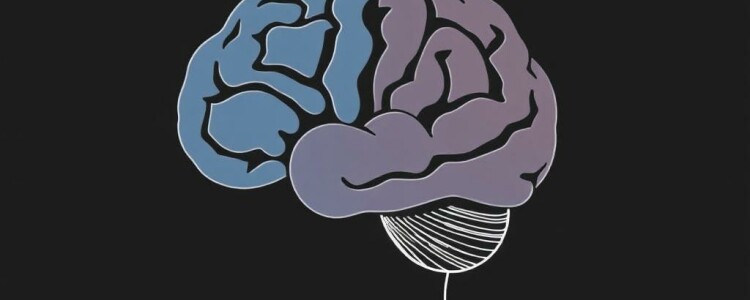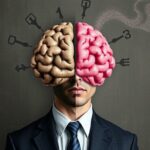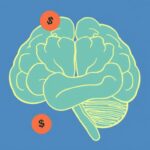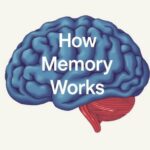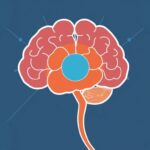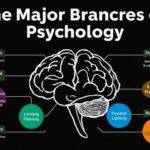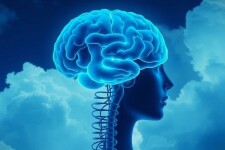Have you ever wondered why you sometimes make decisions that don’t seem entirely logical or why you cling to certain beliefs even in the face of contradictory evidence? The answer often lies in the fascinating world of cognitive biases. These mental shortcuts, ingrained deep within our brains, shape how we perceive, interpret, and respond to the world around us. Cognitive biases that control your thinking play a crucial role in everyday decisions, influencing everything from what you buy to whom you trust. Understanding these biases not only helps you become a better decision-maker but also reveals much about human nature itself.
At its core, cognitive bias refers to systematic patterns of deviation from rationality in judgment. Rather than processing information purely logically, our brains tend to rely on mental shortcuts called heuristics, which are efficient but prone to error. These biases are not a flaw limited to a few—they exist in all of us. The good news is, by recognizing and learning about these cognitive biases that control your thinking, you can take conscious steps to mitigate their influence and foster clearer, more objective thought processes.
What Are Cognitive Biases?
Cognitive biases are tendencies to think in certain ways that can lead to perceptual distortions, inaccurate judgments, or illogical interpretations. They emerge as a result of the brain’s attempt to simplify information processing. Since we are constantly bombarded with sensory data and decisions, our minds use shortcuts to conserve mental energy. Unfortunately, these shortcuts can sometimes misfire, leading us astray.
Most people experience cognitive biases daily without even realizing it. From choosing a restaurant to forming political opinions, biases influence our decisions subconsciously. Recognizing the presence of these cognitive biases that control your thinking is the first step toward more mindful, deliberate choices.
Common Cognitive Biases That Shape Your Reality
There are dozens of recognized cognitive biases, each with unique characteristics. Some are more subtle than others, while a few are startlingly pervasive. Here’s a list of some of the most influential cognitive biases that control your thinking:
- Confirmation Bias: The tendency to search for, interpret, and remember information that confirms your preexisting beliefs while ignoring contradictory evidence.
- Anchoring Bias: Relying too heavily on the first piece of information encountered (the «anchor») when making decisions.
- Availability Heuristic: Overestimating the importance of information that is most readily available or recent.
- Hindsight Bias: The “I-knew-it-all-along” effect, where past events seem more predictable after they have happened.
- Overconfidence Effect: Overestimating one’s own abilities or the accuracy of one’s knowledge.
- Bandwagon Effect: Believing something because many other people do, also known as herd mentality.
- Loss Aversion: The preference to avoid losses rather than acquiring equivalent gains.
How These Biases Play Out in Everyday Life
Consider confirmation bias. When scrolling through news feeds or social media, you’re more likely to click on articles that reinforce your existing views, neglecting other perspectives. This creates echo chambers that deepen ideological divides. Similarly, anchoring bias can mislead consumers during shopping, as the very first price you see often influences your willingness to pay more, even if subsequent prices are fairer or better.
The availability heuristic becomes apparent when people perceive dramatic events—like airplane crashes or shark attacks—as more common than they actually are, simply because they are memorable. This can lead to irrational fears or exaggerated safety concerns.
The Science Behind Cognitive Biases That Control Your Thinking
Why do these cognitive biases exist? Evolutionary psychologists argue they developed as survival mechanisms. Our ancestors needed to make rapid decisions—often with limited information—to survive threats. Quick mental shortcuts saved time and energy while generally leading to workable conclusions.
But in the modern world, where decisions often require nuanced analysis and delayed gratification, these ancient shortcuts sometimes misapply. Cognitive neuroscience has identified specific brain regions involved in biased thinking. The amygdala, for example, plays a role in emotional responses that fuel biases like loss aversion and the bandwagon effect.
Research using functional MRI scans shows that when people encounter information that conflicts with their beliefs, the brain areas linked to conflict detection and emotional regulation activate, which explains the discomfort and resistance to changing opinions.
Table of Popular Cognitive Biases and Their Effects
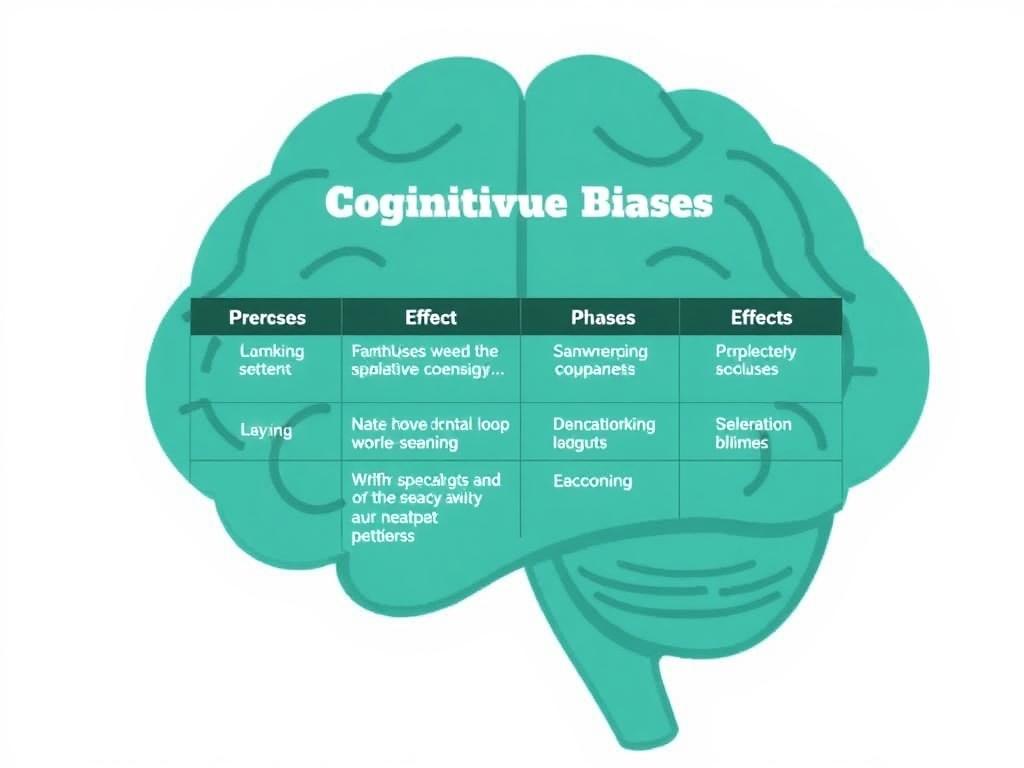
| Cognitive Bias | Description | Typical Impact |
|---|---|---|
| Confirmation Bias | Favoring information that confirms existing beliefs | Reinforces stereotypes, limits open-mindedness |
| Anchoring Bias | Relying heavily on initial information | Poor financial or negotiation decisions |
| Availability Heuristic | Overestimating recent or vivid info | Skewed risk assessments |
| Hindsight Bias | Seeing events as predictable after the fact | Overestimating your own foresight |
| Overconfidence Effect | Overestimating one’s abilities or knowledge | Taking unnecessary risks |
| Bandwagon Effect | Adopting beliefs due to popularity | Peer pressure, groupthink |
| Loss Aversion | Preferring to avoid losses instead of gains | Risk-averse behavior that limits opportunities |
How to Recognize When Cognitive Biases Are Influencing You
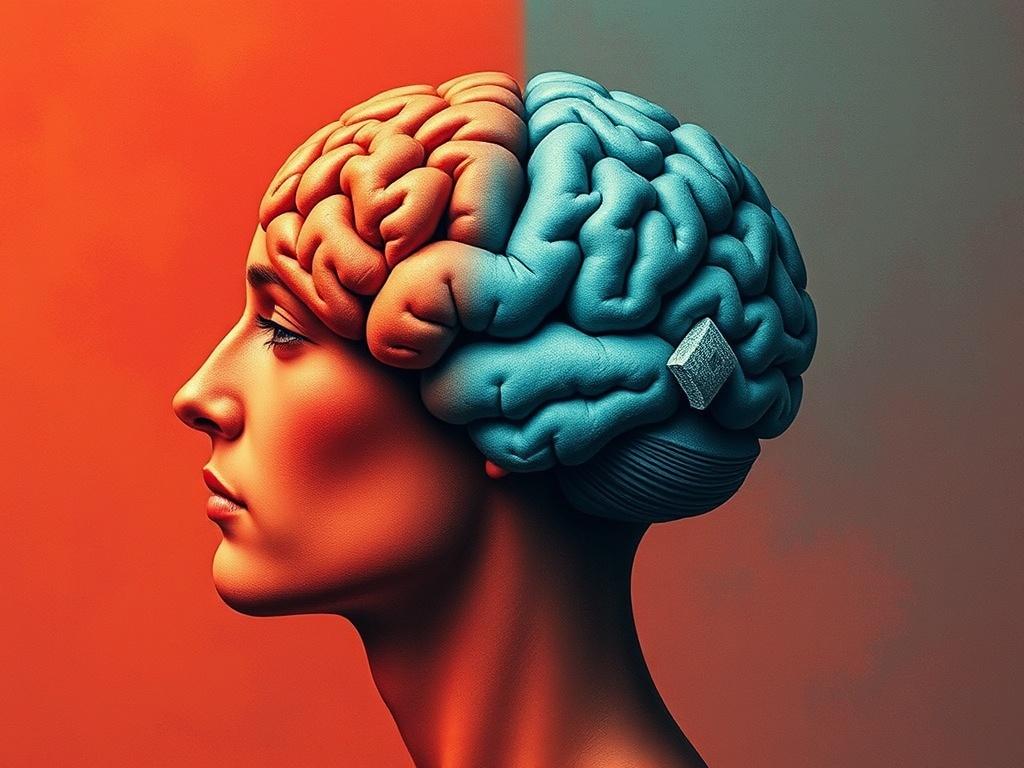
Cognitive biases that control your thinking often work subtly, and recognizing them requires mindfulness and self-reflection. Here are some practical tips to identify when you might be falling prey to biased thinking:
- Pause Before Deciding: Impulsive decisions are often triggered by biases. Give yourself breathing room to think critically.
- Seek Contradictory Evidence: When you find yourself agreeing strongly with something, deliberately look for opposing viewpoints.
- Question Your Assumptions: Ask yourself why you believe what you do. Are these beliefs based on facts or feelings?
- Discuss With Others: Engaging diverse perspectives can reveal blind spots and challenge your biases.
- Keep a Decision Journal: Write down your reasoning for decisions and revisit them later to spot patterns of bias.
Common Triggers of Biased Thinking
Stress, fatigue, emotional arousal, and time pressure amplify cognitive biases. When you’re tired after a long day, you’re less likely to scrutinize information carefully, making you more susceptible to cognitive biases that control your thinking. Being aware of these triggers can help you plan to avoid important decisions when not mentally fresh.
Techniques to Combat Cognitive Biases and Improve Thinking
Fortunately, cognitive biases are not a life sentence. There are several techniques you can apply to reduce their impact:
- Critical Thinking Practice: Actively challenge assumptions and ask probing questions.
- Mental Contrasting: Visualize both positive outcomes and potential obstacles to create balanced expectations.
- Perspective-Taking: Put yourself in someone else’s shoes to broaden understanding and reduce egocentric bias.
- Data-Driven Decisions: Base conclusions on empirical evidence rather than gut feelings.
- Mindfulness Meditation: Helps increase awareness of thought patterns and emotional reactions, making biases easier to spot.
Leaning on Technology and Tools
Several digital tools and apps are designed to help identify and counteract cognitive biases. For example, fact-checking websites and AI-driven news aggregators can present balanced perspectives. Cognitive debiasing software is emerging as a solution in professional fields like finance, law, and healthcare where unbiased decision-making is critical.
The Role of Cognitive Biases in Social and Cultural Contexts
Cognitive biases that control your thinking do not operate in isolation; they are deeply influenced by social dynamics and cultural backgrounds. Group identity, societal norms, and cultural narratives amplify certain biases. For example, in-group bias causes people to favor those who share similar characteristics or beliefs, which fuels tribalism and polarization.
The bandwagon effect is particularly relevant in social media environments, where viral trends and collective opinions can spread rapidly, often overriding objective analysis. Understanding the social aspects of cognitive biases helps explain phenomena like fake news propagation, prejudice, and mass movements.
Impact on Workplace and Leadership
In professional settings, cognitive biases can influence hiring decisions, team dynamics, and leadership styles. Managers might fall prey to the halo effect—where an employee’s single positive trait colors the perception of their overall performance—or confirmation bias in performance reviews.
Organizations that actively train employees and leaders to recognize and manage biases often see improved innovation, better conflict resolution, and more inclusive environments.
Case Studies: Cognitive Biases in Action
To bring these concepts alive, let’s examine a couple of real-world scenarios:
Investment Blunders Fueled by Overconfidence
Many individual investors make poor financial decisions because of overconfidence bias. They might believe they can outsmart the stock market, ignoring expert advice or failing to diversify their portfolios. The infamous Dot-com Bubble of the late 1990s was driven in part by collective overconfidence. Investors poured money into internet-based companies without sufficient research, leading to massive losses when the bubble burst.
Political Polarization and Confirmation Bias
In recent decades, political discourse has become sharply divided, with people increasingly consuming media that aligns with their views. Confirmation bias reinforces these echo chambers, making constructive dialogue difficult. The resulting polarization affects governance, social cohesion, and public trust.
Summary Table: Cognitive Biases, Effects, and Strategies to Counter Them
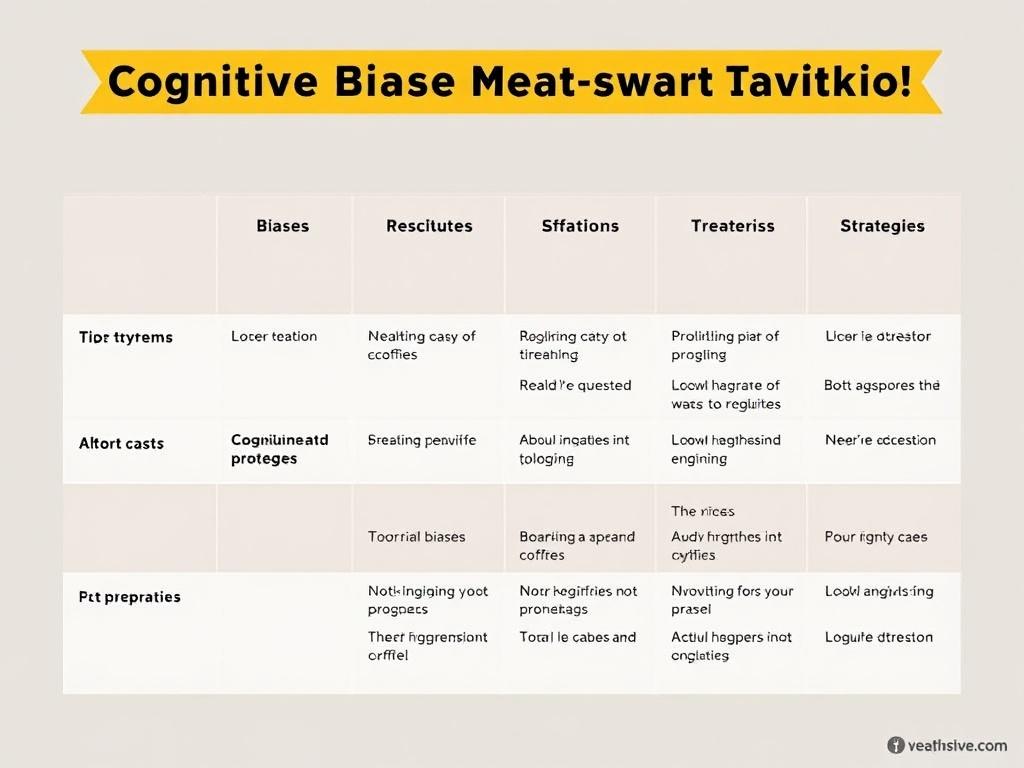
| Cognitive Bias | Effect | Strategy to Counter |
|---|---|---|
| Confirmation Bias | Selective perception, closed-mindedness | Seek opposing views, critical questioning |
| Anchoring Bias | Initial info skews judgment | Consider information from multiple sources |
| Availability Heuristic | Overvaluing recent/vivid info | Research statistics and broader data |
| Hindsight Bias | False sense of predictability | Document predictions, embrace uncertainty |
| Overconfidence Effect | Risk taking, poor forecasting | Solicit feedback, test assumptions |
| Bandwagon Effect | Groupthink, herd mentality | Independent thinking, diverse input |
| Loss Aversion | Excessive caution | Reframe risks and gains, incremental steps |
Enhancing Awareness: Practical Exercises
To sharpen your ability to spot cognitive biases that control your thinking, try these simple exercises:
- Bias Journaling: For one week, write down any moment you notice a cognitive bias influencing your reasoning.
- Perspective Swap: Think about a current belief and write an argument from the opposite view.
- Question Everything: Before accepting news or opinions, ask, “What assumptions underlie this?” and “What could I be missing?”
Practicing these habits consistently will build mental resilience and promote more balanced thinking.
Conclusion
Cognitive biases that control your thinking are powerful forces shaping how you perceive reality, make decisions, and interact with others. While they serve as necessary mental shortcuts, they can also mislead you into errors in judgment, flawed assumptions, and even social conflict. The key to navigating this mental minefield lies in awareness, curiosity, and deliberate action. By learning to recognize common biases like confirmation bias, anchoring, and loss aversion, and by employing practical strategies to counter these tendencies, you can unlock clearer thinking and make smarter, more informed choices in your personal and professional life. Ultimately, understanding cognitive biases opens the door to deeper self-awareness and equips you to approach the world with a sharper, more open mind.

